Have you ever wandered into your bedroom, opened the closet, and found your cat curled up among your shoes and sweaters? It’s a scene as familiar as it is mysterious. Cats seem drawn to closets like moths to a porch light — but beneath their whiskered faces, there’s often more going on than just a love for cozy, shadowy corners. What’s truly hiding behind this peculiar feline habit? Grab a cup of tea, because we’re about to step into the secret world of your cat’s closet hideaway and decode the emotional stories that might be playing out behind those closed doors.
The Instinct for Secrecy: A Legacy from Wild Ancestors

When a cat slinks into a closet, it’s not just seeking shelter from the vacuum cleaner. This behavior is deeply rooted in their wild ancestry. Wild cats needed to avoid predators and secure safe places to rest, and the urge to find hidden nooks still runs strong in our domestic companions. Even the fluffiest, most pampered house cat carries this instinct. The closet, dark and enclosed, mimics the safety of a cave or a thicket. It’s an echo from a time when survival depended on staying unseen. Think of your closet as your cat’s own miniature fortress—one built from generations of caution and cunning.
Closets as Cozy Retreats: The Allure of Softness and Warmth

Cats are connoisseurs of comfort. Closets, packed with clothes, offer a plush and warm environment that is hard to resist. The soft fabric creates a bed that rivals any fancy cat cushion. Plus, the warmth that lingers among your sweaters and jackets is like a gentle embrace, especially in colder months. It’s no wonder your cat chooses these spots for a quick nap or a long snooze. If you’ve ever caught your cat kneading your favorite hoodie, they’re just making themselves at home in the coziest spot around.
Hiding from Stress: The Cat’s Emotional Escape Hatch

Life can get overwhelming for cats, just like it does for us. New visitors, loud noises, or changes in the household can send your cat running for cover. Closets become their emotional escape hatch—a place where they can decompress away from the chaos. This behavior is a clear sign that your cat may be feeling anxious or uncertain about its environment. Think of it as their way of pressing a reset button, retreating to a safe space until they feel brave enough to venture out again.
The Desire for Alone Time: Cats Value Their Independence

Unlike dogs, cats often crave solitude. When social interactions get too intense, a closet offers the perfect hideaway. This need for alone time isn’t a snub—it’s just in their nature. If your cat disappears into the closet during a bustling family gathering, it’s not trying to be antisocial; it’s simply honoring its need for peace and quiet. Just like people who need to recharge after a big party, cats sometimes need to hit pause and retreat to their own sanctuary.
Territorial Claims: Marking the Closet as Their Own
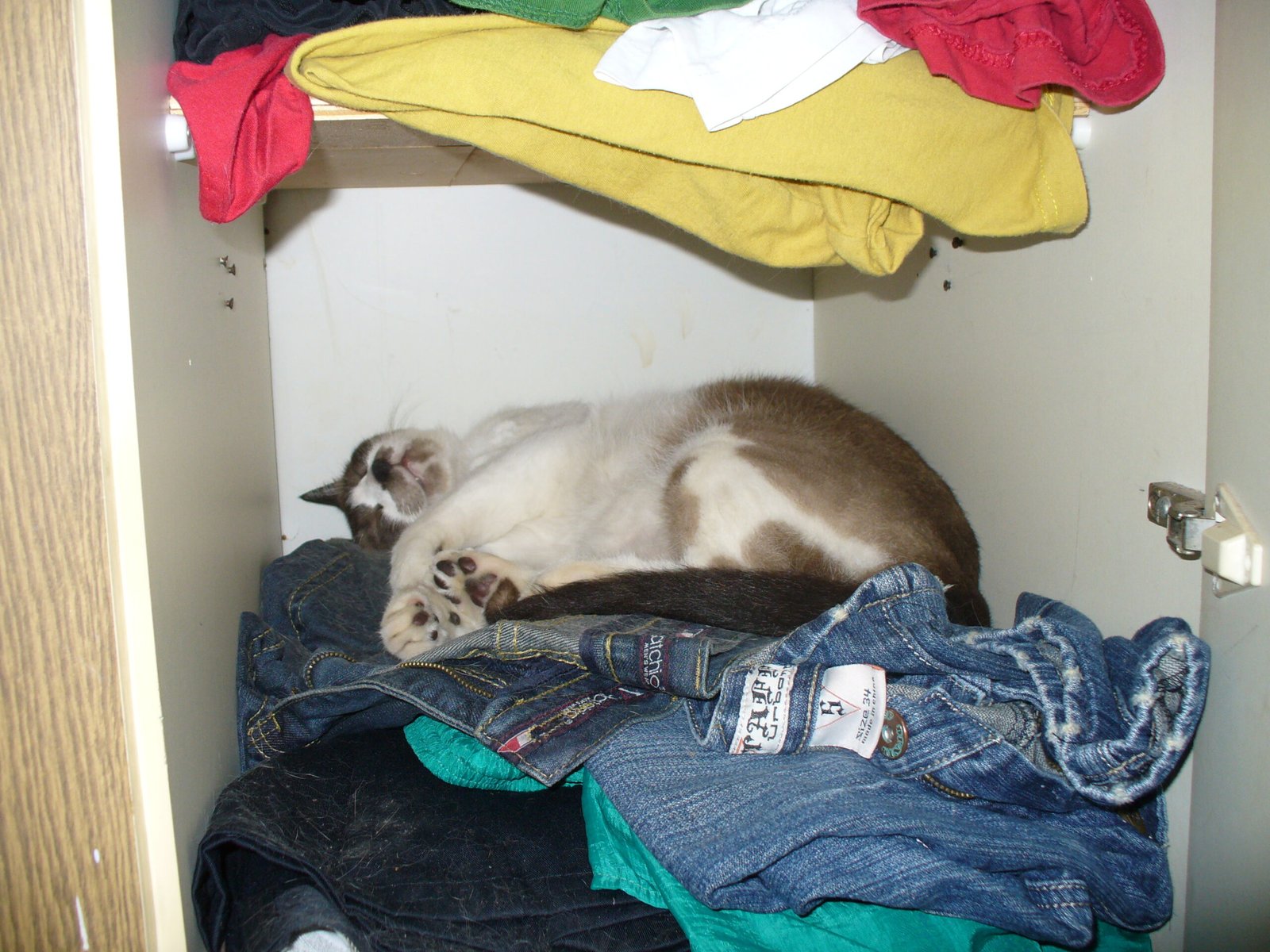
Cats are territorial creatures. When they repeatedly hide in your closet, they are subtly marking it as “theirs.” With scent glands in their cheeks and paws, every rub and knead leaves a trace. Over time, your closet becomes a custom-scented haven, full of familiar smells that offer comfort and security. This is why you might find your cat returning to the same spot again and again. It’s their private real estate—claimed and protected by their own unique scent signature.
Seeking Safety During Illness or Discomfort
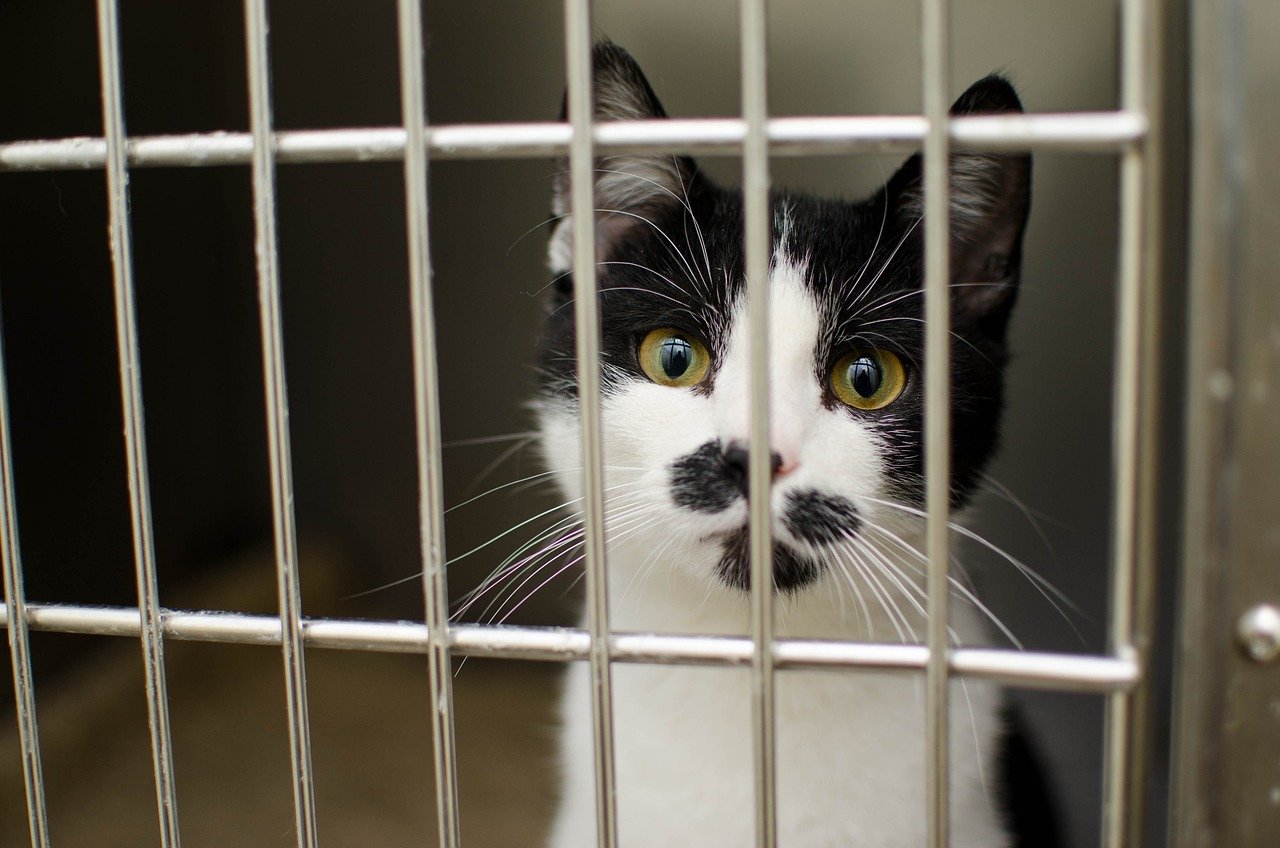
If your usually outgoing cat suddenly starts hiding in closets, it might be feeling unwell. In the wild, sick or injured animals hide to protect themselves from predators. This instinct is so strong that even indoor cats will seek out secluded spots when they’re not feeling their best. If your cat is hiding more than usual and shows other signs of illness—like not eating, lethargy, or changes in behavior—it might be time for a gentle check-in with your veterinarian.
Closets as Feline Playgrounds: The Thrill of Exploration
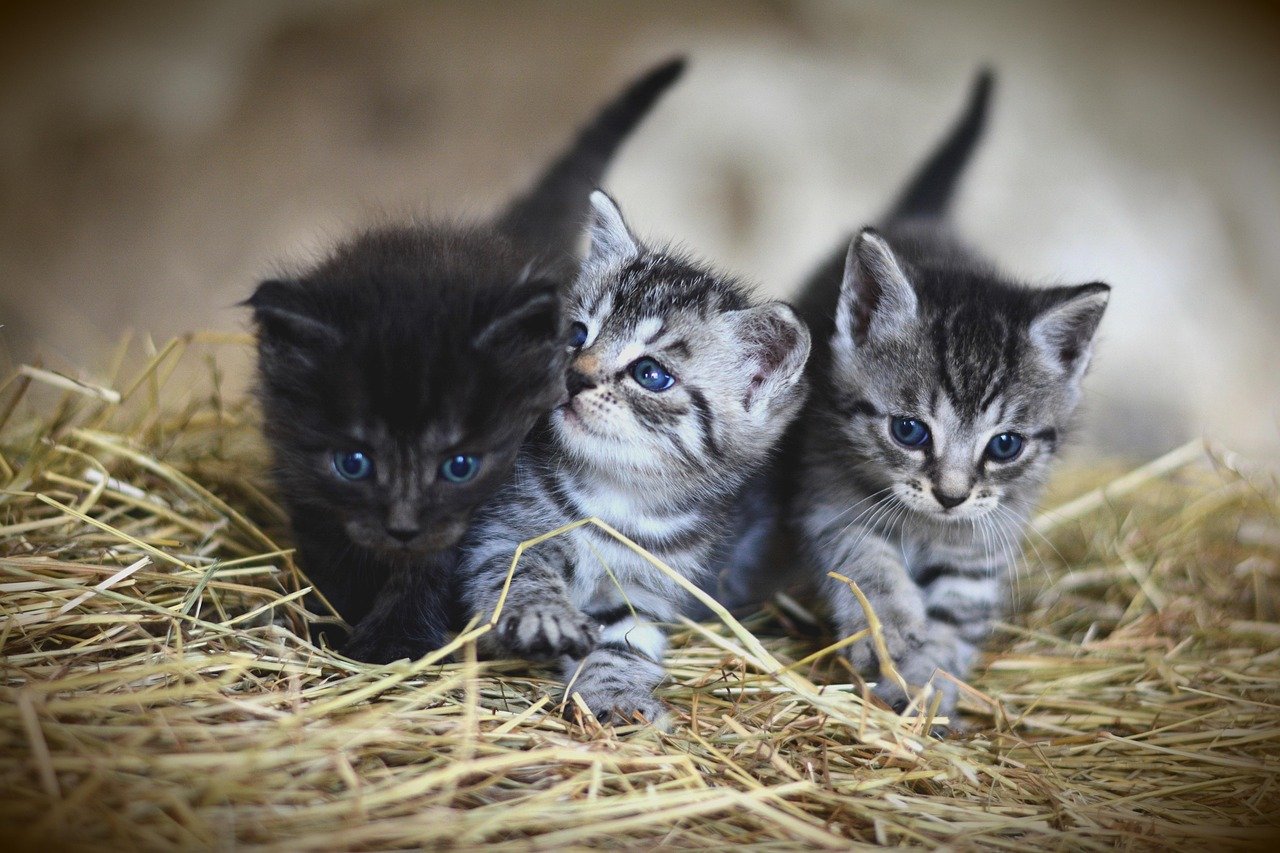
For some cats, the closet isn’t just a retreat—it’s a playground! Hanging clothes, dangling shoelaces, and mysterious shadows make closets the ultimate adventure zone. Curious kitties love to explore every nook and cranny, squeezing behind boxes and batting at forgotten scarves. The closet becomes a world of intrigue, where every object is a potential toy and every corner holds a new surprise. It’s like a treasure hunt, just without the map.
Reacting to Changes in the Household

Cats are creatures of habit, and even small changes can unsettle them. A move, new roommate, or even rearranged furniture can push your cat to seek out the familiar comfort of the closet. In times of upheaval, this private space becomes their emotional anchor. If you notice your cat hiding after a big change, it’s likely processing the new normal. Give it time—often, a little patience and reassurance are all they need to adjust.
Escaping from Other Pets or Children
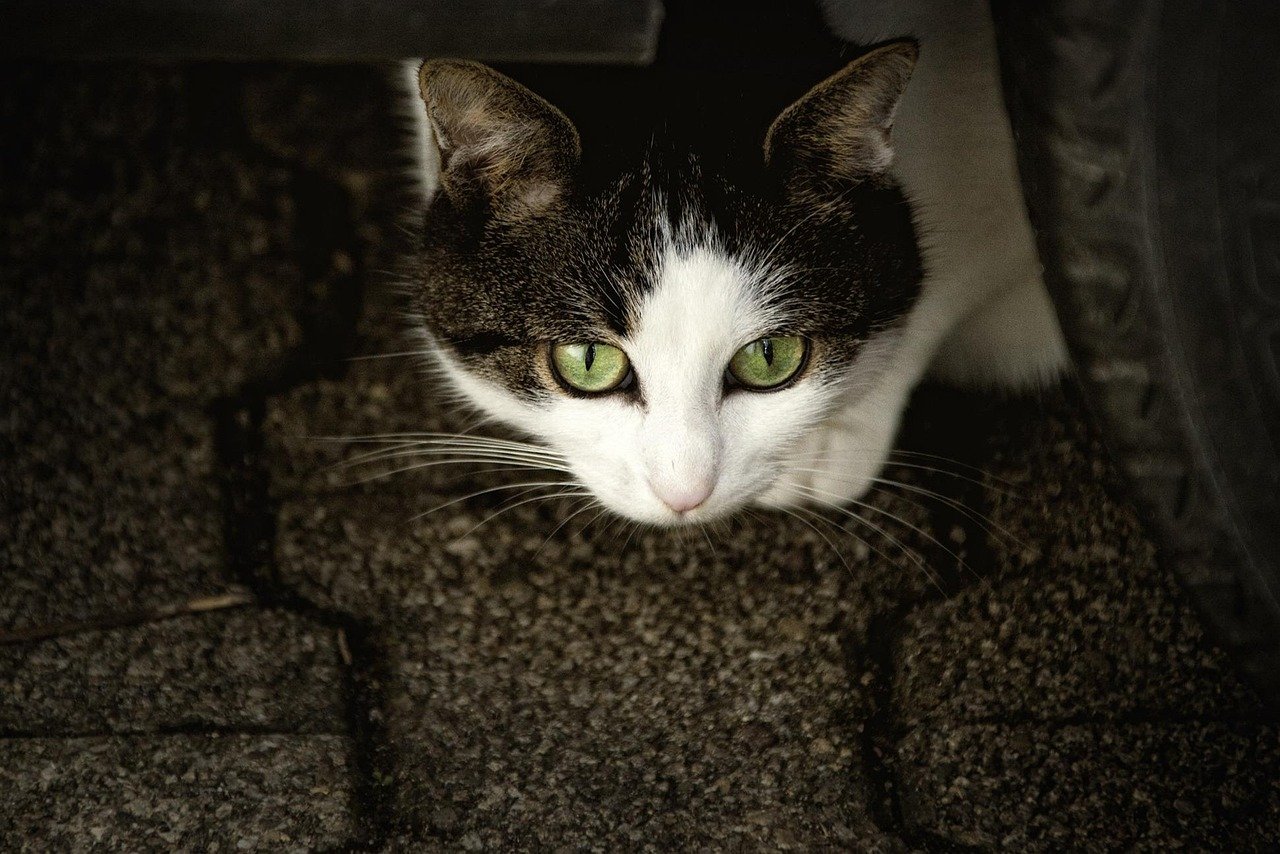
Not every feline wants to share its space with a rambunctious puppy or an energetic toddler. The closet offers a much-needed refuge from the hustle and bustle of a busy household. If your cat vanishes when the kids get noisy or the dog gets playful, it’s finding a safe space to decompress. This doesn’t mean your cat dislikes its housemates—it just needs a break from the excitement every now and then.
The Impact of Loud Noises and Sudden Sounds

Thunderstorms, fireworks, or household appliances can be terrifying for cats. When the world gets too noisy, the closet is a perfect spot to ride out the commotion. The thick walls and layers of clothing dull the sounds, creating a calming cocoon. If your cat runs for the closet at the first sign of a loud bang, it’s not just dramatic—it’s following its instincts for self-preservation and comfort.
Seasonal Changes and Temperature Fluctuations

Cats are sensitive to changes in temperature. When the seasons shift, they often seek out warmer or cooler spots to stay comfortable. Closets, insulated by clothes and tucked away from drafts, provide a perfect microclimate. During winter, you might find your cat burrowed deep in your sweaters, while in summer, it may nestle on a cool closet floor. It’s all about finding the ideal spot to regulate their body temperature.
The Influence of Early Life Experiences
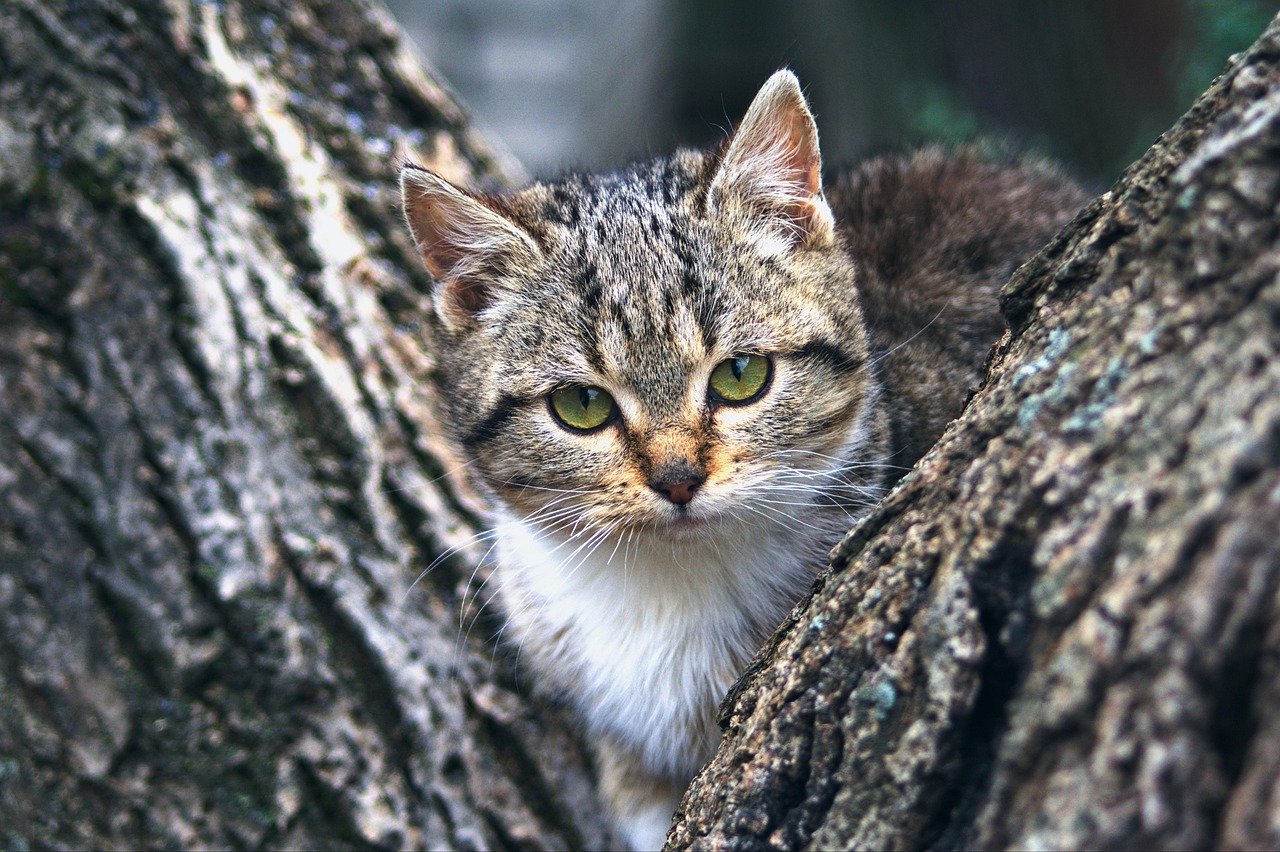
A cat’s early experiences can shape its behavior for life. Kittens raised in noisy, chaotic environments may grow up seeking quiet, enclosed spaces like closets. Conversely, cats who grew up with plenty of hiding places may feel more comfortable exploring new spaces as adults. If your cat is a dedicated closet-dweller, it might just be following patterns set early on. Understanding this can help you create a more reassuring environment for your feline friend.
Responding to Human Emotional States
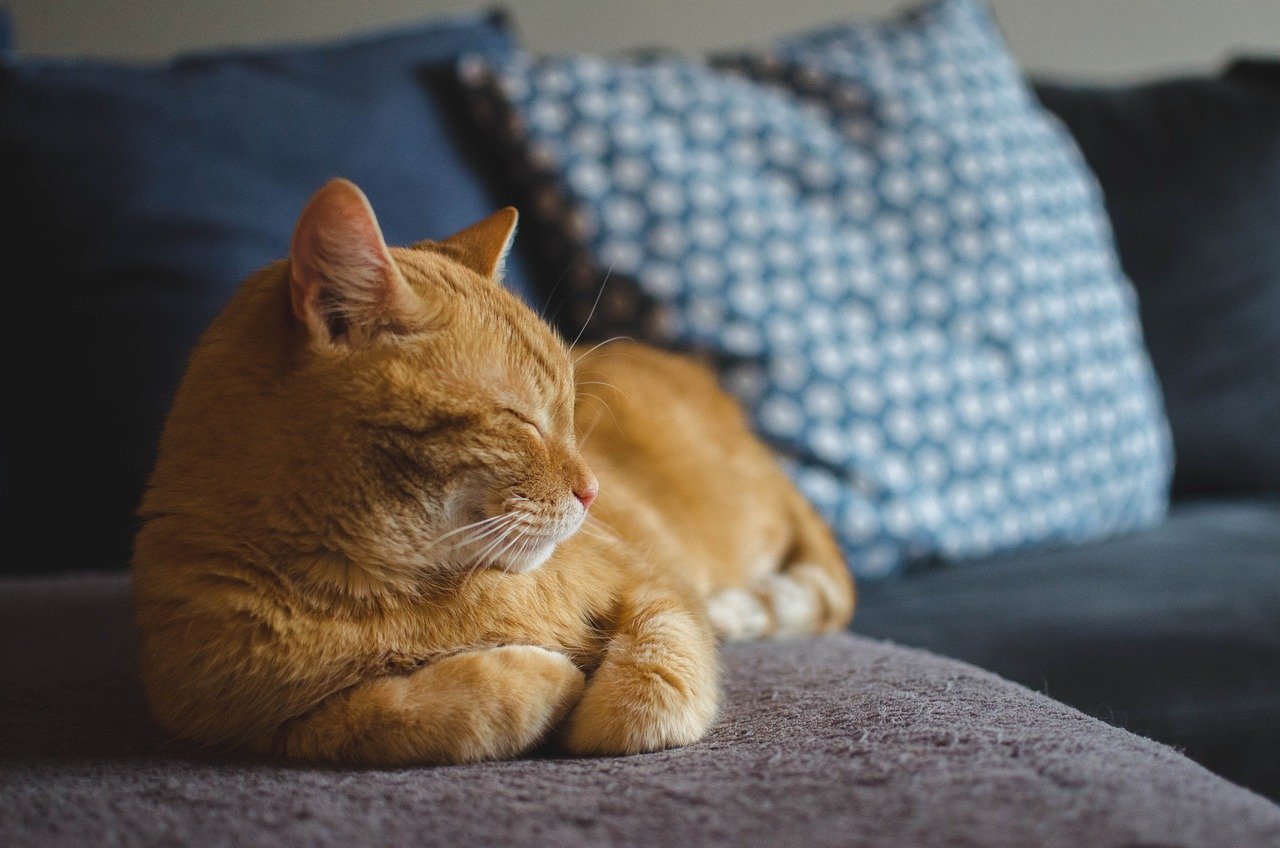
Believe it or not, cats are incredibly perceptive when it comes to human emotions. If you’re feeling stressed, sad, or anxious, your cat can sense the change in your mood. Sometimes, this can prompt them to hide, picking up on your unease and mirroring it in their own way. Other times, they might retreat to the closet to process the emotional “vibes” in the house. It’s a reminder that our moods can ripple through our pets’ lives in surprising ways.
Habitual Behavior: When Hiding Becomes Routine

For some cats, hiding in closets simply becomes a habit. Once they discover the comfort and security it offers, it turns into a routine part of their day. These cats may not be reacting to stress or fear—they just enjoy their cozy spot out of sight. Like people who can’t start their morning without coffee, some cats just need their closet time to feel balanced and content.
Curiosity and the Need for Novelty

Cats are naturally curious creatures. The closet, usually off-limits and full of new scents, offers an irresistible world to explore. Every time you open the door, you’re inviting your cat into a fresh adventure. They sniff, paw, and investigate, satisfying their need for mental stimulation. This exploration can be as important for their emotional well-being as playtime or affection.
Breeding and Maternal Instincts

Female cats, especially those who are pregnant or nursing, have an instinct to seek out safe, hidden places to give birth and care for kittens. Closets fit the bill perfectly, providing privacy and security. Even spayed female cats may occasionally display this behavior, a leftover from their maternal instincts. If your female cat suddenly becomes obsessed with your closet, her instincts might be kicking in stronger than usual.
The Influence of Personality: Shy vs. Bold Cats
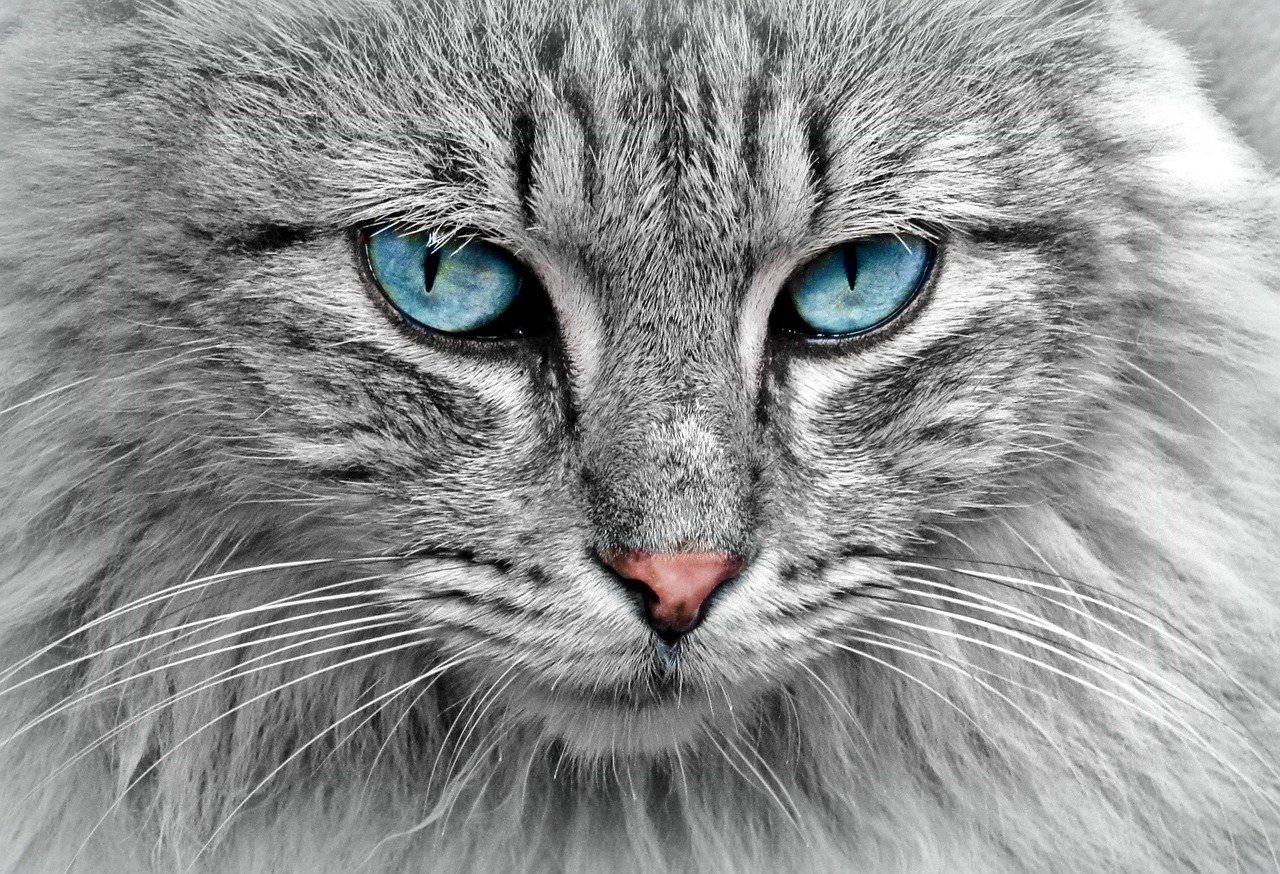
Just like people, cats have unique personalities. Shy or introverted cats are far more likely to seek out the closet than their bold, outgoing counterparts. For these timid souls, the closet is a sanctuary away from the pressures of the outside world. Meanwhile, confident cats might only use the closet when something truly startles them. Knowing your cat’s personality can help you understand whether closet hiding is a sign of distress or simply a quirk.
Responding to Unfamiliar Scents
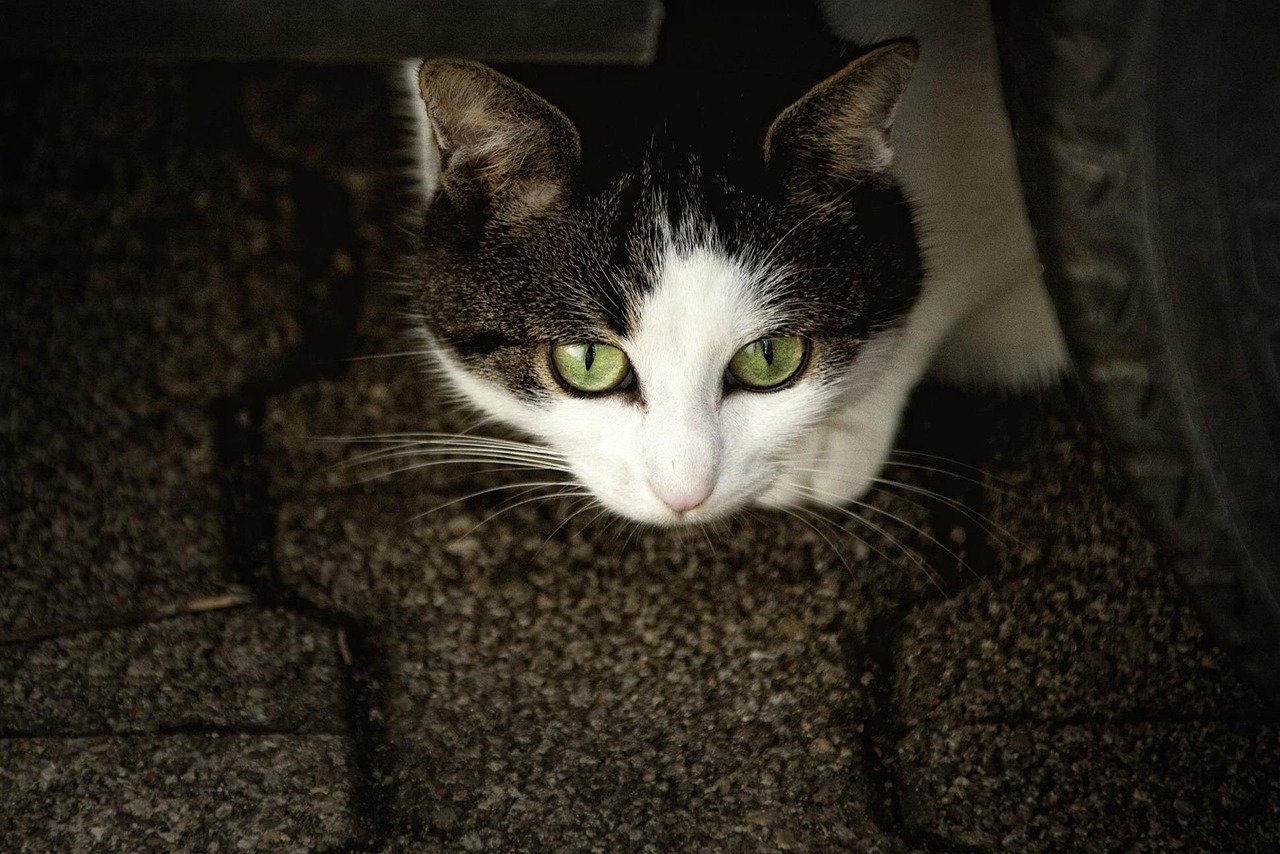
Cats rely heavily on their sense of smell, and unfamiliar odors can be unsettling. If you bring home a new pet, a new partner, or even a new piece of furniture, your cat might retreat to the closet until it feels safe again. The closet, saturated with familiar scents, becomes a reassuring bubble when the world outside starts to smell strange. With time, most cats will adjust and venture out once more.
The Role of Aging: Senior Cats and Closet Hiding

As cats age, their needs and behaviors often change. Older cats may become more anxious, sensitive to noise, or less tolerant of household activity. Closets offer a peaceful retreat where they can nap undisturbed. If your senior cat starts spending more time in the closet, it might just be seeking the tranquility it craves in its golden years.
How to Support a Closet-Hiding Cat
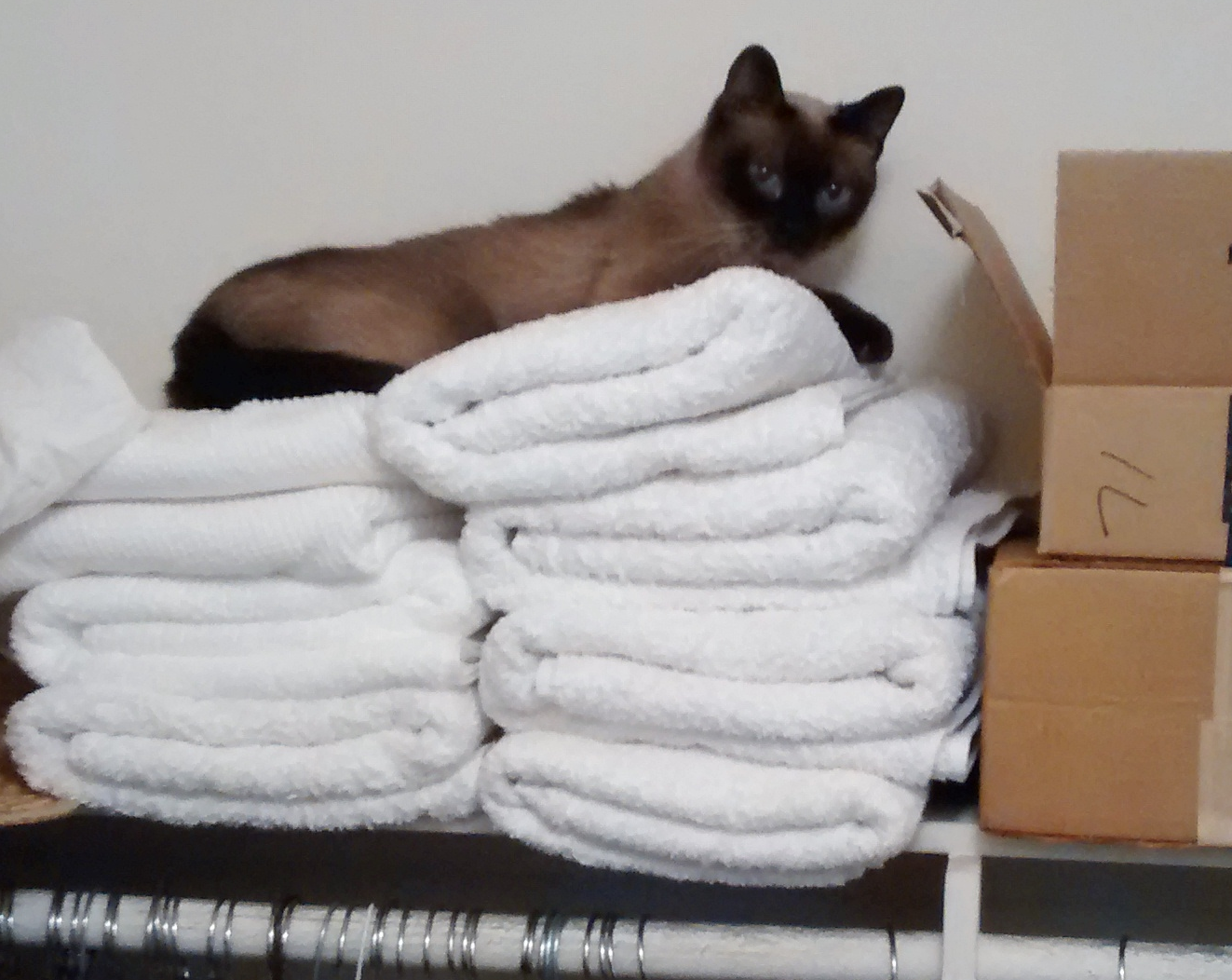
If your cat loves the closet, there’s usually no harm in letting it have that space—provided it’s safe. Make sure there are no sharp objects or toxic substances within reach. Consider placing a soft blanket or a favorite toy inside to make the hideaway even more inviting. At the same time, keep an eye out for changes in your cat’s behavior. Sudden or obsessive hiding can be a sign something’s wrong, emotionally or physically. When in doubt, a visit to the vet can provide peace of mind and ensure your furry friend’s health and happiness.
When to Worry: Signs That Call for Attention

While occasional closet hiding is perfectly normal, persistent or sudden changes in behavior deserve attention. If your cat stops eating, avoids all contact, or seems lethargic while hiding, it could indicate illness or emotional distress. Take these signals seriously—cats are masters at masking discomfort, and hiding is often their only way of asking for help. Trust your instincts as a pet parent and don’t hesitate to seek advice from a professional if you’re concerned.
Hi, I’m Bola, a passionate writer and creative strategist with a knack for crafting compelling content that educates, inspires, and connects. Over the years, I’ve honed my skills across various writing fields, including content creation, copywriting, online course development, and video scriptwriting.
When I’m not at my desk, you’ll find me exploring new ideas, reading books, or brainstorming creative ways to solve challenges. I believe that words have the power to transform, and I’m here to help you leverage that power for success.
Thanks for stopping by, Keep coming to this website to checkout new articles form me. You’d always love it!





